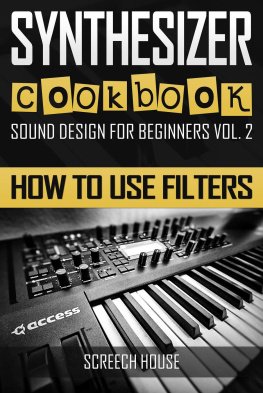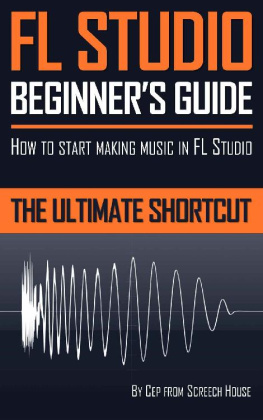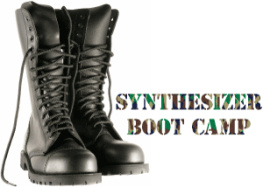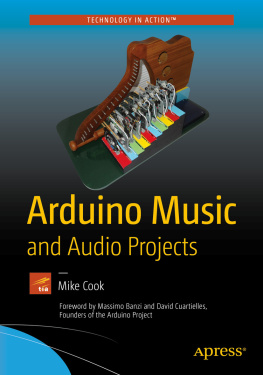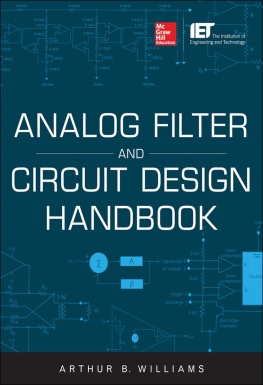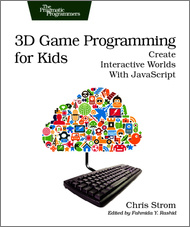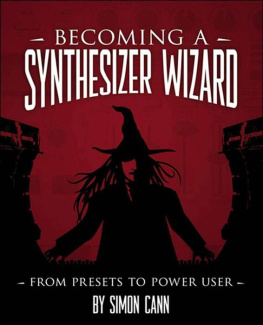Screech House - SYNTHESIZER COOKBOOK: How to Use Filters
Here you can read online Screech House - SYNTHESIZER COOKBOOK: How to Use Filters full text of the book (entire story) in english for free. Download pdf and epub, get meaning, cover and reviews about this ebook. year: 2019, publisher: Screech House, genre: Home and family. Description of the work, (preface) as well as reviews are available. Best literature library LitArk.com created for fans of good reading and offers a wide selection of genres:
Romance novel
Science fiction
Adventure
Detective
Science
History
Home and family
Prose
Art
Politics
Computer
Non-fiction
Religion
Business
Children
Humor
Choose a favorite category and find really read worthwhile books. Enjoy immersion in the world of imagination, feel the emotions of the characters or learn something new for yourself, make an fascinating discovery.
- Book:SYNTHESIZER COOKBOOK: How to Use Filters
- Author:
- Publisher:Screech House
- Genre:
- Year:2019
- Rating:3 / 5
- Favourites:Add to favourites
- Your mark:
SYNTHESIZER COOKBOOK: How to Use Filters: summary, description and annotation
We offer to read an annotation, description, summary or preface (depends on what the author of the book "SYNTHESIZER COOKBOOK: How to Use Filters" wrote himself). If you haven't found the necessary information about the book — write in the comments, we will try to find it.
INSTANTLY UNDERSTAND HOW TO USE FILTERS AND FULLY MASTER YOUR SYNTHESIZER, EVEN IF YOURE A COMPLETE BEGINNER
NEW: The ultimate 4-part series for sensational sound design
Learning how to do synthesis (the fundamental part of sound design), can be quite overwhelming, especially when youre a beginner. Thats why music producer, best-selling author and CEO Cep from Screech House transformed his best-selling book Sound Design for Beginners into 4 exclusive editions. This allows you to start immediately with the subject you need right now. Moreover, it gives you the opportunity to easily access one specific topic.
This is what you will get...
In the Synthesizer Cookbook Volume 2, you will learn exactly how to use filters on a subtractive synthesizer. Thereby, you will discover all the essential settings to achieve the second important part of high-quality sound design. This includes:
- How to use filter type
- How to use filter slope
- How to use filter cutoff
- How to use filter resonance
- How to use filter saturation
The complete Sound Design for Beginners series
The other volumes will teach you three different major synthesizer sections. Whereas volume 1 will explain how to use oscillators, volume 3 will show you how to use envelopes and volume 4 will reveal how to use LFOs. If you want to learn about these topics, you can make your series complete by getting all copies, accessible via Ceps website. If you want to have everything in one complete bundle, simply get your edition of the Sound Design for Beginners guide.
BONUS: Free sample pack
As a bonus, the Synthesizer Cookbook series includes a free hand-crafted sample pack that you can download via the link inside.
Become an outstanding music producer
For the second installment in this series, Cep takes you through the most important filter settings, step by step. At the end of this book, you will know exactly HOW they work, WHAT they do and WHY you should use them. It is this powerful knowledge that successful producers always use to effortlessly distinguish themselves from all mediocre amateurs.
Dont miss out
To secure your copy, click the buy now button on this page. Beware, this book is only temporarily available in this format.
SYNTHESIZER COOKBOOK: How to Use Filters (Sound Design for Beginners Vol. 2)
By Cep from Screech House
Screech House: author's other books
Who wrote SYNTHESIZER COOKBOOK: How to Use Filters? Find out the surname, the name of the author of the book and a list of all author's works by series.

